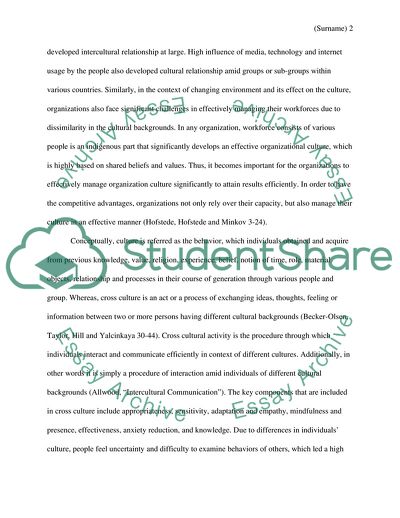Cite this document
(Cross-Cultural Gape between the People of China and the US Coursework Example | Topics and Well Written Essays - 3750 words, n.d.)
Cross-Cultural Gape between the People of China and the US Coursework Example | Topics and Well Written Essays - 3750 words. https://studentshare.org/culture/1852737-cross-cultural-management
Cross-Cultural Gape between the People of China and the US Coursework Example | Topics and Well Written Essays - 3750 words. https://studentshare.org/culture/1852737-cross-cultural-management
(Cross-Cultural Gape Between the People of China and the US Coursework Example | Topics and Well Written Essays - 3750 Words)
Cross-Cultural Gape Between the People of China and the US Coursework Example | Topics and Well Written Essays - 3750 Words. https://studentshare.org/culture/1852737-cross-cultural-management.
Cross-Cultural Gape Between the People of China and the US Coursework Example | Topics and Well Written Essays - 3750 Words. https://studentshare.org/culture/1852737-cross-cultural-management.
“Cross-Cultural Gape Between the People of China and the US Coursework Example | Topics and Well Written Essays - 3750 Words”. https://studentshare.org/culture/1852737-cross-cultural-management.


